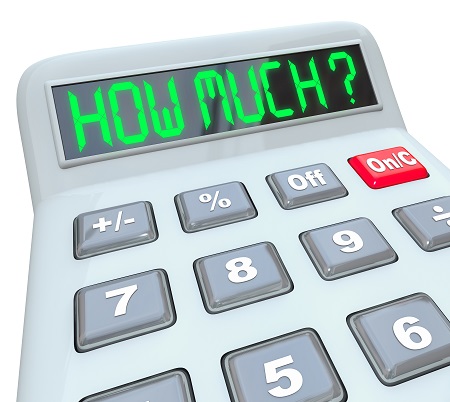One of the most important parts of running any business is the difference between gross and net margin. Consider this example: you quote a job at $3,000 plus paint. The job costs you $1,500 in labor and equipment you need to buy or replace. How much money did you make?

The answer is more complicated than it looks. Obviously, you’re up $1,500. But that’s gross margin – that’s before you pay for the rent on the truck, phone bill, marketing and sales costs, or any of the other expenses that can’t be tied to a specific job. What’s really important is how much money you have left over each month after you pay for all of those expenses.
Here’s a tip to make sure you’re where you want to be at the end of the month. Add up all of your monthly bills. Divide that number by your average gross margin percentage (the percentage of money left over after you complete each job). That’s how much work you have to sell in order to break even each month.
An example: For every $1,000 of work you do, it costs you $500 in labor and materials, so your gross margin is 50%. If you have $2,000 in monthly bills beyond labor and materials, you have to sell ($2,000/0.5) or $4,000 worth of work to break even.
Once you break even, you just multiply your sales by your gross margin to figure out how much you’ll earn each month. So in this example, after the first $4,000 worth of work, you earn 50% of every dollar you sell. That money is net profit – and that’s how you really make money.
To learn how ProPainter Websites helps painters across the country earn more money by providing them with a lead-generating website, call us at 855-385-1134 or email us at Team_PPW@ProPainterWebsites.com.
